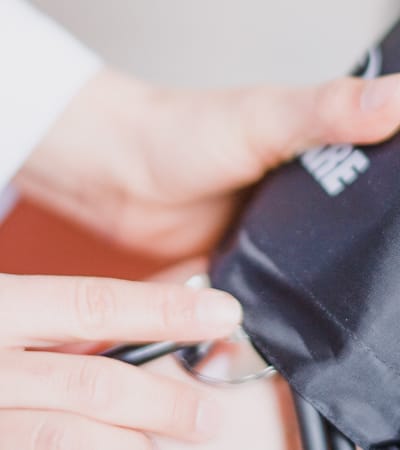Slipped Capital Femoral Epiphysis (SCFE)
Causes
Researchers are unsure of the exact cause of slipped capital femoral epiphysis (SCFE). There are several factors that are associated with SCFE, including age (pre-teens and teens), being overweight, injuries to the hip area, endocrine and renal disorders, and family history. It is also more common in boys.
Symptoms
Symptoms of slipped capital femoral epiphysis (SCFE) include pain in the groin, knee, or hip, stiffness in the hip, limping, inability to put weight on the hip, and a leg that is shorter and/or turned outward.
Diagnosis
Physicians will assess symptoms and medical history before diagnosing slipped capital femoral epiphysis (SCFE). A physical exam will include moving the leg and observing the leg when walking. Imaging tests may be used to determine a diagnosis.
Treatment
Surgery is required to treat slipped capital femoral epiphysis (SCFE). The most common surgery for this condition is called screw fixation, which keeps the ball section of the femur from slipping out of place. Surgery should be performed as soon as possible to prevent the condition from worsening.




